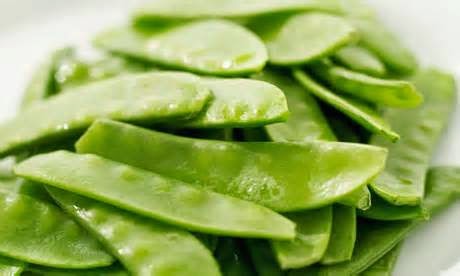A High Fibre Diet
What do you know about the importance of High Fibre in your daily eating habits? Dietary fibre is found in cereals, fruits and vegetables. Fibre is made up of the indigestible parts of plants which pass relatively unchanged through our stomach and intestine. Fibre is mainly carbohydrate and the main role of fibre is to keep the digestive system healthy.
There are two types of fibre:-
Firstly, Soluble fibre such as fruits, vegetables, oats, barley, seed, husk, dried beans, lentils, peas soy milk and soy products
Secondly, Insoluble fibre such as wheat bran, corn bran, rice bran, nuts, seeds, dried beans, wholegrain foods and the skins of fruits and vegetables.
The benefits of fibre are immense The main role being for fibre is to keep the digestive tract healthy; it also stabilises glucose and cholesterol levels. Adults should aim to have 25 to 30 grams daily, whereas children between the ages of 4 and 8 should consume 18 grams daily and older kids should consume between 20 and 25 grams daily. Disorders that occur through a lack of fibre and constipation, irritable bowel syndrome, diverticulitis, heart disease and some cancers. Fibre is important for older people as the digestive system slows down with age so a high fibre diet is imperative.
There is good evidence to show that fibre reduces cholesterol levels. The fatty streaks are deposited along the walls of the arteries and this can make them dangerously narrow. It is thought that fibre binds the bile acids (which are made from cholesterol to digest dietary fats) and then excretes them.
For people with diabetes eating a food plan high in fibre slows down the glucose adsorption from the small intestine into the blood. This reduces the possibility of a surge of insulin, the hormone produced by the pancreas to stabilise the blood glucose levels.
Having a high fibre diet is protective against weight gain. High fibre foods tend to have low energy density, which means that they provide fewer calories per gram of food. As a result, a person on a high fibre diet can consume a greater quantity of food that is lower in calories. Fibrous foods are often bulky and much ore filling. Increasing or dietary fibre and wholegrain intake is also very likely to reduce cardiovascular disease, type 2 diabetes, weight gain and obesity. This occurs indirectly, through the protective effect of photochemistry that are closely associated with the fibre components of fruit vegetables and cereal foods.
So how do you increase your fibre intake? - Eat breakfast cereals, barley, wheat or oats. Eat 100% wholemeal bread or brown rice, add extra vegetables to you meal, and snack on fruit, dried fruits, nuts and wholemeal crackers.
I'm off to have my breakfast now - porridge oats!
There are two types of fibre:-
Firstly, Soluble fibre such as fruits, vegetables, oats, barley, seed, husk, dried beans, lentils, peas soy milk and soy products
Secondly, Insoluble fibre such as wheat bran, corn bran, rice bran, nuts, seeds, dried beans, wholegrain foods and the skins of fruits and vegetables.
The benefits of fibre are immense The main role being for fibre is to keep the digestive tract healthy; it also stabilises glucose and cholesterol levels. Adults should aim to have 25 to 30 grams daily, whereas children between the ages of 4 and 8 should consume 18 grams daily and older kids should consume between 20 and 25 grams daily. Disorders that occur through a lack of fibre and constipation, irritable bowel syndrome, diverticulitis, heart disease and some cancers. Fibre is important for older people as the digestive system slows down with age so a high fibre diet is imperative.
There is good evidence to show that fibre reduces cholesterol levels. The fatty streaks are deposited along the walls of the arteries and this can make them dangerously narrow. It is thought that fibre binds the bile acids (which are made from cholesterol to digest dietary fats) and then excretes them.
For people with diabetes eating a food plan high in fibre slows down the glucose adsorption from the small intestine into the blood. This reduces the possibility of a surge of insulin, the hormone produced by the pancreas to stabilise the blood glucose levels.
Having a high fibre diet is protective against weight gain. High fibre foods tend to have low energy density, which means that they provide fewer calories per gram of food. As a result, a person on a high fibre diet can consume a greater quantity of food that is lower in calories. Fibrous foods are often bulky and much ore filling. Increasing or dietary fibre and wholegrain intake is also very likely to reduce cardiovascular disease, type 2 diabetes, weight gain and obesity. This occurs indirectly, through the protective effect of photochemistry that are closely associated with the fibre components of fruit vegetables and cereal foods.
So how do you increase your fibre intake? - Eat breakfast cereals, barley, wheat or oats. Eat 100% wholemeal bread or brown rice, add extra vegetables to you meal, and snack on fruit, dried fruits, nuts and wholemeal crackers.
I'm off to have my breakfast now - porridge oats!






Comments
Post a Comment